精密工具における超硬合金の重要性
超硬工具 は精密工学の縁の下の力持ちである。鈍いノミで傑作を彫ろうとしたり、鈍い包丁で野菜を切ろうとしたりすることを想像してみてほしい。イライラするし、効率も悪いでしょう?そこで超硬工具の出番です。超硬工具は、航空宇宙から木工まで幅広い産業で、シャープで信頼性の高い主力工具として活躍しています。
超硬合金が不可欠な理由とは?それは精度と耐久性です。超硬工具は、他の素材よりも切れ味が長く維持されるため、高い精度が要求される用途に適しています。複雑な金型を作るにも、頑丈な金属部品を加工するにも、超硬工具は他にはない精度を発揮します。それでは、超硬工具の特徴について詳しく見ていきましょう。
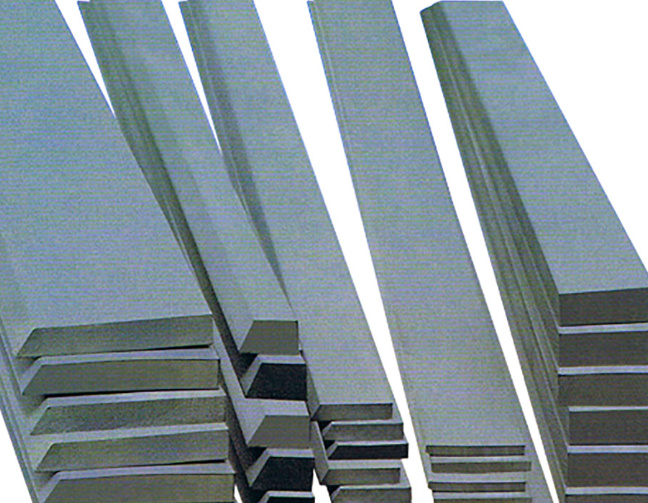
精密工具用超硬合金とは?
超硬合金は、主に炭化タングステンとバインダー(通常はコバルト)から成る複合材料である。セラミックの硬さと金属の靭性という、両方の長所を併せ持つハイブリッド素材と考えてください。炭化タングステンの粒子は小さなダイヤモンドのようなもので、素材に驚異的な硬度を与える一方、金属バインダーはこれらの粒子をつなぎ合わせ、靭性を加えている。
なぜこれが重要なのか?それは、超硬合金が切削、研削、穴あけなどの極度の消耗に耐えられるのは、このユニークな組み合わせのおかげだからです。超硬合金は、現代の製造業を支えていると言っても過言ではありません。
精密工具用超硬合金の成分
カーバイドの組成が、そのスーパーパワーを生み出しているのだ。それを分解してみよう:
- 炭化タングステン(WC): 素材の70-97%を占める主成分。信じられないほど硬く、モース硬度はダイヤモンドのすぐ下。
- コバルト(Co): 炭化タングステン粒子をつなぎ合わせる金属バインダー。タングステンカーバイドの靭性を支えている。
- その他の添加物 チタン、タンタル、バナジウムなどの元素は、耐熱性や耐食性など特定の特性を向上させるために添加されることもある。
正確なレシピは、工具の用途によって異なる。例えば、高速加工に使用される工具は、靭性を高めるためにコバルト含有量が高くなることがある。
の利点 カーバイド 精密工具用
| 特徴 | メリット |
|---|---|
| 硬度 | シャープなエッジを長時間維持し、シャープニングのためのダウンタイムを短縮します。 |
| 耐摩耗性 | 高摩擦環境にも容易に対応。 |
| 耐熱性 | 高温用途でも強度を失うことなく良好な性能を発揮する。 |
| タフネス | 高荷重でも欠けたり割れたりしにくい。 |
| 汎用性 | 切断から研削まで幅広い用途に適している。 |


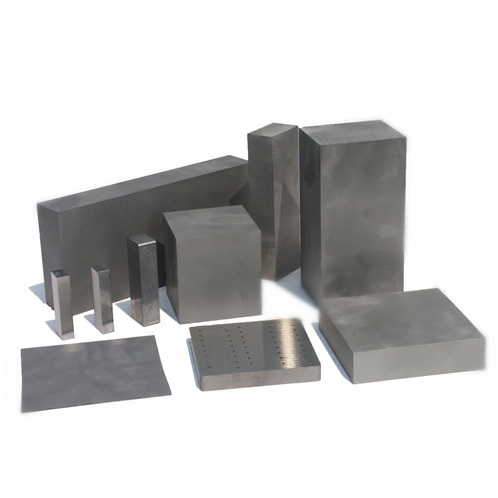
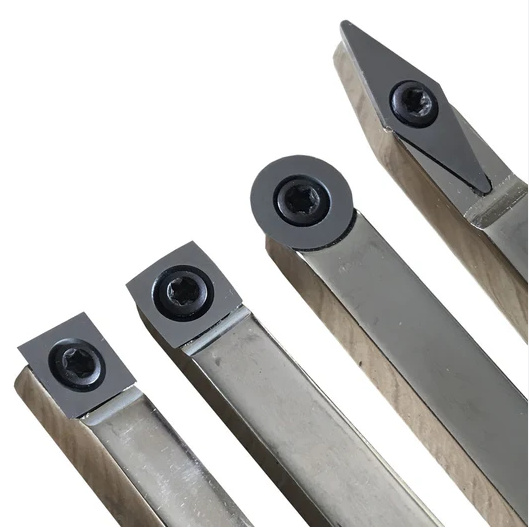

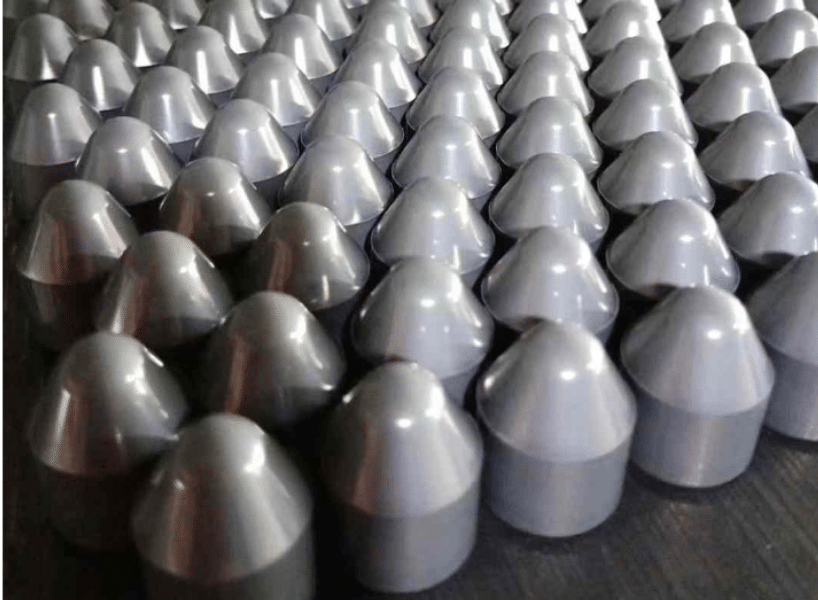
超硬精密工具の用途
| 産業 | 申し込み |
|---|---|
| 航空宇宙 | 軽量高強度合金の加工。 |
| 自動車 | エンジン部品、トランスミッション部品を製造。 |
| 金属加工 | 切断、穴あけ、フライス加工。 |
| 木工 | 広葉樹と針葉樹に滑らかな仕上げを施す。 |
| 鉱業 | 岩石掘削と掘削 |
比較する: カーバイド 他の工具材料との比較
工具の材質といえば、超硬合金がトップに立つことが多いが、一般的な代替品と比較してみよう:
超硬と高速度鋼(HSS)の比較
- 硬度: 超硬合金はハイスよりもかなり硬いため、高精度の用途に適しています。
- 耐久性がある: 超硬工具は長持ちするので、頻繁な交換の必要性が減る。
- コストだ: 超硬合金は初期費用は高いが、寿命が長いため、長期的には費用対効果が高くなることが多い。
超硬工具とセラミック工具の比較
- タフネス: 超硬合金はセラミックよりも強靭で、欠けたり割れたりしにくい。
- 汎用性がある: 超硬合金は、重荷重を含む幅広い用途で優れた性能を発揮します。
- 耐熱性: セラミックスは高温に対応できるが、超硬合金は耐熱性と靭性のバランスが良い。
正しい超硬工具選びのヒント
適切な超硬工具を選ぶことは、適切なブレンドコーヒーを選ぶことに似ています!選択肢はたくさんある:
- 加工される素材: 木材、金属、複合材を扱っていますか?工具の等級と形状は、その素材に合っていなければなりません。
- アプリケーションタイプ: 切断、穴あけ、研削のいずれにおいても、その作業に適した工具がある。
- コーティング: TiN(窒化チタン)やTiAlN(窒化チタン・アルミニウム)のようなコーティングを施した工具は、高温用途での性能が向上する。
- ブランドの評判 安定した品質で知られる評判のブランドにこだわる。
- コスト対寿命: 値段だけを見るのではなく、その道具がどれだけ長く使えるか、そしてその道具が提供する価値を考えよう。
選び方 カーバイド 工具研磨
超硬工具の研ぎは、芸術であり科学です。正しい研ぎ方をご紹介しましょう:
- 工具の形状を理解する: 超硬工具には特定の角度と形状があり、それを維持したまま研摩する必要があります。
- 適切な機器を使用する: ダイヤモンド砥石は超硬工具を研ぐのに欠かせません。普通の砥石では歯が立ちません!
- クールに保つ: 過熱は超硬合金を損傷させます。これを防ぐためにクーラントを使用してください。
- ひび割れをチェックする: 研ぐ前に、工具に損傷がないか点検してください。ひび割れのある工具は安全に使用できない場合があります。
- プロを雇う: 不安な場合は、プロの研ぎ屋に委託することを検討してください。投資する価値があることが多い。
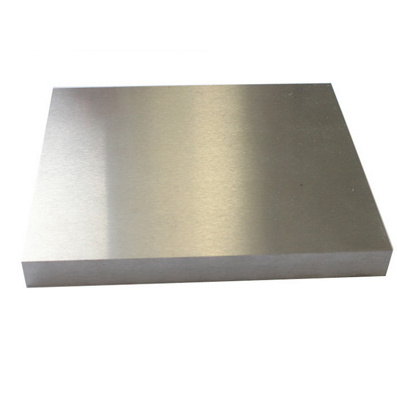
よくあるご質問
| 質問 | 回答 |
|---|---|
| 超硬工具を研ぐ最良の方法は? | 正確で効果的な研ぎには、ダイヤモンド砥石をお使いください。 |
| 超硬工具はどのくらいの頻度で研ぐべきですか? | 使用状況にもよるが、通常、顕著な鈍化や性能低下が見られた後だ。 |
| 超硬工具を家庭で研ぐことはできますか? | 適切な設備と技術があれば可能だが、プロのサービスを利用した方がより良い結果が得られる。 |
| シャープニングでよくある間違いとは? | オーバーヒート、不適切な角度の使用、不適切な器具。 |
| すべての超硬工具に研ぎが必要ですか? | すべてではないが、着用後は使い捨てになるように設計されているものもある。 |


